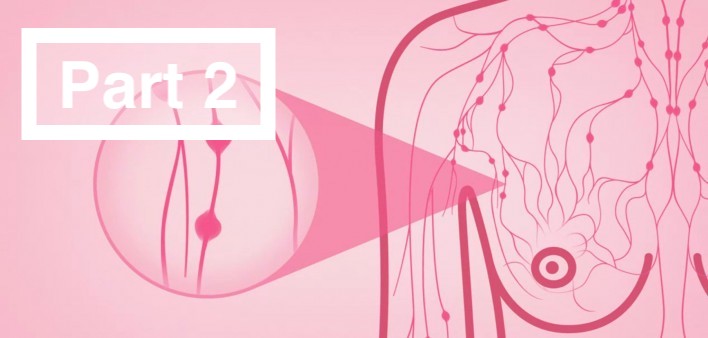Furtherance of my blog post on inflammatory breast cancer from last month. If you have not yet read it, you may read it here.
My breast is red and hot, and Dr. Google says I have inflammatory breast cancer. Dr. Google may seem brilliant, but Dr. Google never graduated from medical school, where a student learns the fine art of physical exam. Dr. Google never learned how to perform a physical exam and has never examined anyone. Candidly, Dr. Google frequently doesn’t know what he/she is talking about.
Many women will experience breast infections, which the body fights by initiating an inflammatory response. An inflammatory response occurs when the body builds new blood vessels into the area to transport other cells to fight the bacteria or infection. Once the infection is eradicated, the remnants must be removed and processed by the lymph nodes and the liver. Finally, the body starts to rebuild healthy tissue and new roads with these blood vessels developed by the body facilitate the response to infection. And because of all the new blood and material brought to the site of the infection, infections will become red, swollen, warm and tender. For most infections, the body requires outside assistance in the form of antibiotics, but it also may need lancing, or surgical drainage.
Inflammatory breast cancer is a rare form of breast cancer, characterized by the inflammatory response and can therefore resemble a breast infection. An infection of the breast will respond to antibiotics, whereas inflammatory breast cancer will not. Any breast that’s inflamed, that is red, hot, swollen and tender, should be treated with antibiotics for one to two weeks. However, if there’s not significant response, then an evaluation by a breast surgeon is needed.
An infection is usually quite painful and tender, whereas inflammatory breast cancer has generalized redness over a large area of the breast. The whole breast will also be swollen and feels hard, although generally not tender. Inflammatory breast cancer is very aggressive and the treatment needs to be aggressive. A prompt diagnosis is very important.
Most women with a red breast will not have inflammatory breast cancer, but will have a breast infection (mastitis). Sometimes the infection and its associated redness will spread to involve much of the breast, but the breast remains soft and supple. The trial antibiotics for two weeks, as mentioned above, is indicated, but if the redness does not respond or resolve, then a breast surgeon needs to be consulted. Most likely the breast will exhibit an abscess that needs to be lanced or drained. Inflammatory breast cancer needs to be excluded and an experienced breast surgeon can usually tell the difference between mastitis and inflammatory breast cancer based on a physical examination, something our good Dr. Google cannot perform. If the breast surgeon is concerned about inflammatory breast cancer, a small skin biopsy may be performed right in the office. The skin biopsy will confirm that cancer cells are in the skin, but the diagnosis of inflammatory breast cancer is now determined by the breast surgeon.
Since inflammatory breast cancer is a very aggressive cancer and needs prompt and aggressive therapy, chemotherapy will be administered first. Chemotherapy usually takes four to six months, at which point a mastectomy is usually preformed. A mastectomy removes all the breast and the axially lymph nodes, but none of the major chest wall muscles. About four or five weeks after surgery, radiation will be needed to the chest wall. Dr. Google can give you a quick answer, but not necessarily the right answer, but Dr. Google is really good at making you worry
